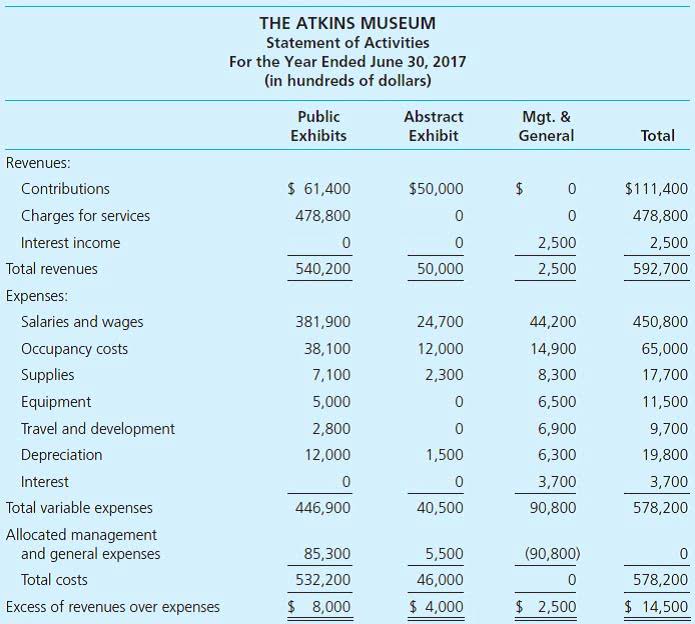
It’s like being underwater on a mortgage when you owe more than the property’s worth. In the business world, this could crop up if you’ve been a little too generous with personal withdrawals or if the company has been hemorrhaging money, expenses outpacing revenue, leading to a bookkeeping loss. The concept of accrual accounting is also used in preparing the statement of owner’s equity. Accrual accounting requires that transactions be recorded when they occur, not when the cash is received or paid. Fourth, some may believe that the Statement of Owner’s Equity only includes equity from the company’s owners.
Step 7: Compute for the ending capital balance

Again, the most appropriate source of information in preparing financial statements would be the adjusted trial Remote Bookkeeping balance. Nonetheless, any report with a complete list of updated accounts may be used. Managers, investors, and other stakeholders use the statement to comprehend a company’s financial position and make informed decisions. Second, some believe that the Statement of Owner’s Equity is the same as the balance sheet.

Harnessing Financial Mechanisms For Seamless Business Acquisition

A statement of owner’s equity — also called statement of stockholders equity an equity statement or statement of changes in equity — is one of the four critical financial statements integral to business accounting. Along with the balance sheet, income statement, and cash flow statement, businesses need to prepare a statement of owner’s equity at the end of the accounting period. The retained earnings account on the balance sheet is said to represent an “accumulation of earnings” since net profits and losses are added/subtracted from the account from period to period.

Liabilities
- Most small business owners started their companies because they were experts in providing a good or a service — not at balancing a book.
- The statement explains the changes in a company’s share capital, accumulated reserves and retained earnings over the reporting period.
- Analyzing these fluctuations requires an understanding of the business’s operational context.
- Moreover, some small business entrepreneurs can use this data to make decisions about the diversification and expansion of their business.
- Generally, it reflects the amount of capital the owner(s) has invested plus any profits the company generates that are, in turn, reinvested into the business.
- The statement of owner’s equity shows if a small business owner is planning to put more capital to offset the shortages or if the profits are to be increased.
Understanding owner’s equity isn’t just accounting jargon; it’s a critical component of your financial awareness toolkit. For those in investment banking or handling personal investments, having a firm grasp on this concept is imperative, as it provides you with a clear picture of a company’s financial footing. This knowledge is particularly valuable to stakeholders who utilize it to assess investment risks and opportunities. It helps you make informed decisions about future investments, business expansion, or when it might be time to tighten the purse strings. Moreover, for potential lenders and investors, your equity status is a beacon, signaling your business’s profitability and long-term sustainability.
Purpose of Statement of Owner’s Equity
Since this amount is over $0 (it is well over $0 in this case), Chuck is confident he has nothing to worry about regarding the liquidity of his business. Assume that Chuck, the owner of Cheesy Chuck’s, wants to assess the liquidity of the business. This is a reasonable assumption as this is the first month of operation and the equipment is expected to last several years. We also assume the Accounts Payable and Wages Payable will be paid within one year and are, therefore, classified as current liabilities. The next step was to create the income statement, which shows the financial performance of the business. The former employee has done a nice job of keeping track of the accounting records, so you can focus on your first task of creating the June financial statements, which Chuck is eager to see.